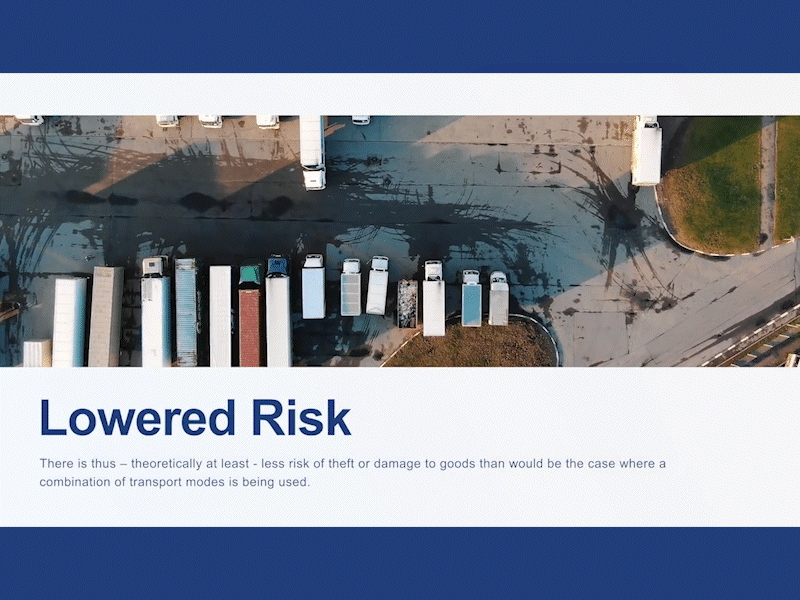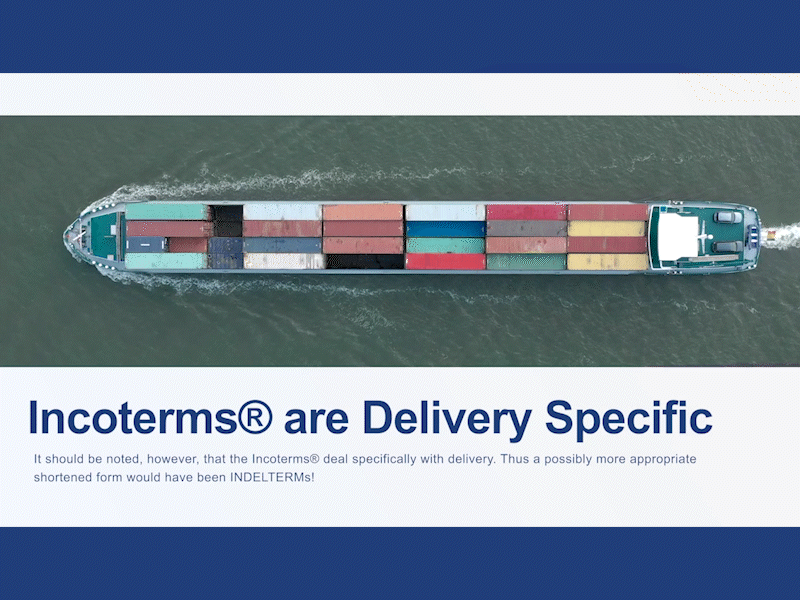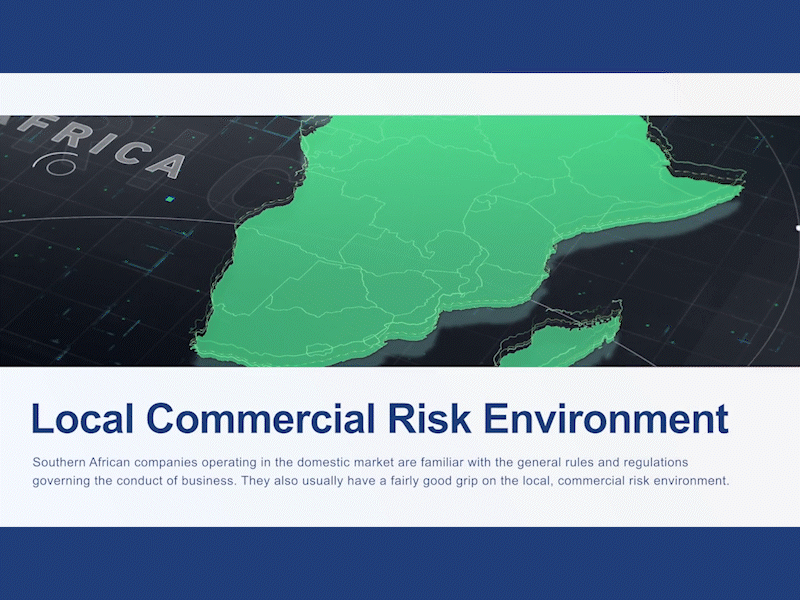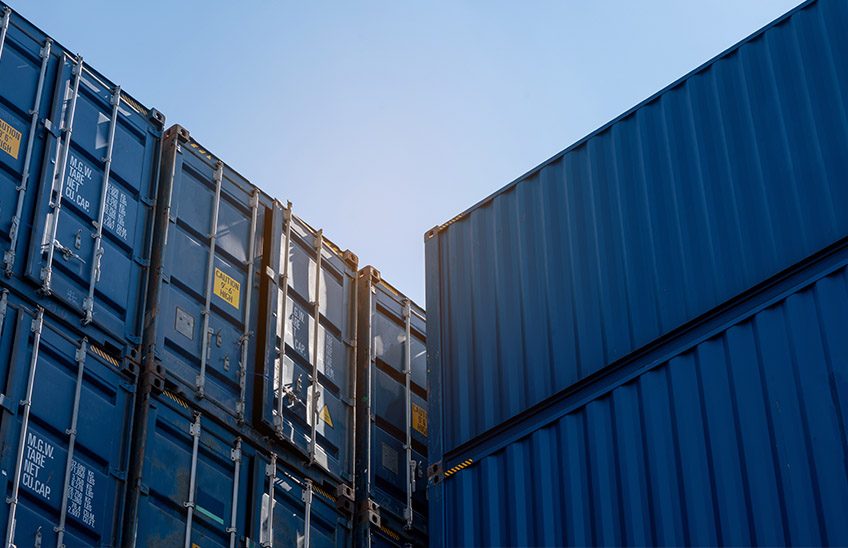Company A, having experienced considerable growth in local markets, has identified an opportunity to venture into exports. As the company’s management team becomes better acquainted with the export landscape, its members realise that exporting is not for the faint-hearted! Amongst the challenges facing first-time exporters are the various barriers to trade imposed by the governments of various countries.
To fully understand barriers to trade, we need to unpack two important concepts, namely competitiveness and protectionism.
Competitiveness is a term used to describe both a country’s capabilities in terms of production, and a company’s ability, not only to cost-effectively produce goods of a consistent quality, but also to deliver them on time. It therefore stands to reason that competitiveness will be influenced by such factors as climate, natural resources, population skills levels and the degree of economic development of a country which, in turn, impacts both the extent and the quality of its infrastructure.

The World Economic Forum defines competitiveness as “the set of institutions, policies and factors that determine the level of productivity of a country.” Because a country’s competitiveness is continually changing, governments from time to time introduce protectionist measures for various strategic reasons. These can include the need to: ensure food security in a world in which climate change could cause severe food shortages; to force a particular country’s government to refrain from certain actions, such as invading its neighbours, or expropriating farmland without compensating its owners; to protect certain local industries whose sustainability is under threat from cheaper foreign imports.
Protectionism usually comes about when a particular industry puts pressure on the government to impose tariffs on imported products that are equivalent to those it produces in order to protect its members. An extreme example of this was the move by the United States government in the late 1990s to ramp up duties on all EU imports in retaliation for the EU applying import duties on bananas from Latin America while it allowed bananas from its previous colonies to enter the region duty free. Most of the banana plantations in Latin America at the time were owned by large US multinational companies.
Tariffs are not the only barriers to trade, however. Non-tariff trade barriers have increased in number since the World Trade Organisation introduced measures to reduce the tariffs levied by its member countries on each other. Non-tariff barriers include quota systems, export subsidies, sanctions and boycotts, stringent environmental and quality standards, and more.
Now that Company A has a better understanding of what constitutes barriers to trade and why they are implemented, it is time to become familiar with the various types of tariff and non-tariff measures commonly used in international trade and their application.
To help Company A tackle this challenge, Trade Forward Southern Africa, in collaboration with the International Trade Institute of Southern Africa (ITRISA), has developed a suite of online foundational training modules covering a variety of export topics. The module titled ‘Understanding the Global Trading Environment’ covers barriers to trade, their purpose and the impact they have on export sales. Click the link below to sign up at no cost and start your training!
To sign up to the School of Export CLICK HERE.
If you already have a profile, CLICK HERE to login to begin the module.










Leave a Reply